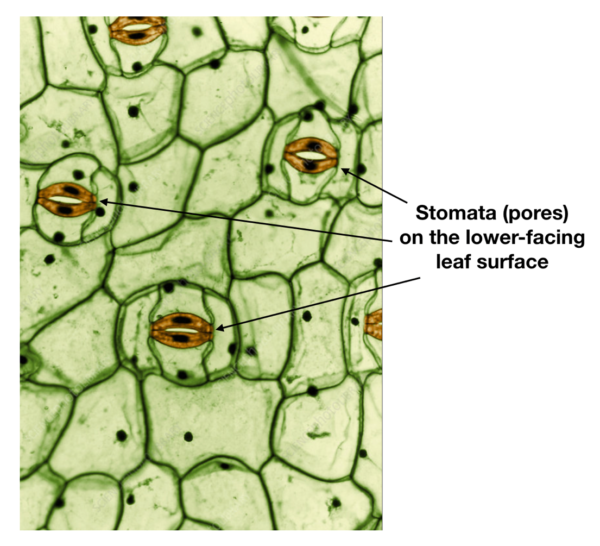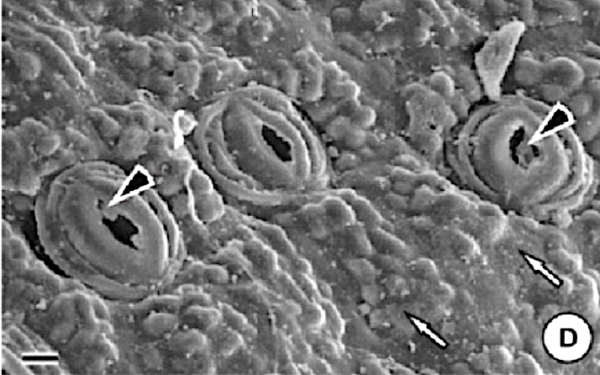Dr. Lew Feldman, Garden Director
Over the past few weeks I have received many inquiries and questions about the effects of wildfires, and in particular, smoke and ash, on plants. In the western US fire has shaped plant communities for more than 300 million years and thus fire is regarded as an important factor in determining the makeup and ecology of today’s plant communities.
While there are much data pointing to the beneficial effects of fires on plants, especially in regard to acting as an environmental cue for seed germination and in seed dispersal, in general, as for humans, smoke and ash are detrimental to plants. Chemically, more than 100 different compounds have been identified in smoke, including toxic levels of nitrous oxide, sulfur dioxide and ozone. Short-term exposure to smoke (as little as 20 minutes) has been reported to reduce photosynthesis by as much as 50%, as a consequence of both the destruction of chlorophyll, the light-capturing green pigment, and in impeding the movement of carbon dioxide (CO2) into the plant through leaf pores (stomata).

Carbon dioxide enters the plant through pores (stomata), whereas oxygen exits the plant through these same pores (sciencephoto.com)
A reduction is photosynthesis is usually accompanied by a lessening in plant growth, including a reduction in fruit production and in slowed ripening. And it is widely reported that prolonged exposure of fruits and vegetables to smoke can affect their taste.
Ash particles in the smoke are also detrimental to plant growth by clogging the stomatal pores, with those pores located on the upper surfaces of leaves more greatly affected than those on the lower-facing leaf surface. When ash lodges in a pore, not only is the intake of CO2 retarded, but the pore can no longer function efficiently in preventing water loss from the plant, which, as a consequence increases the likelihood of the plant suffering from water stress.

Typical open pore on lower-facing leaf surface; showing no obstructions

Obstructed pores. Black arrow heads point to ash particles which have entered the pore and lodged inside, affecting pore function (Research Gate)
If there is a “silver lining” to ash it is related to the fact that ash is organic matter suspended in the air and is itself composed of many of the essential nutrients that plants require, including calcium, magnesium and potassium. So, if the ash accumulation is not so great as to bury the plant, the ash can be thought of as acting as a fertilizer. That said, we can assist our plants in recovering from ash coatings by irrigating the plant, by hosing down the leaves and the fruits, and by applying fertilizer to promote healthy roots and the production of new foliage. Hosing down the plants also will dilute the effect of ash that may be basic in nature.
